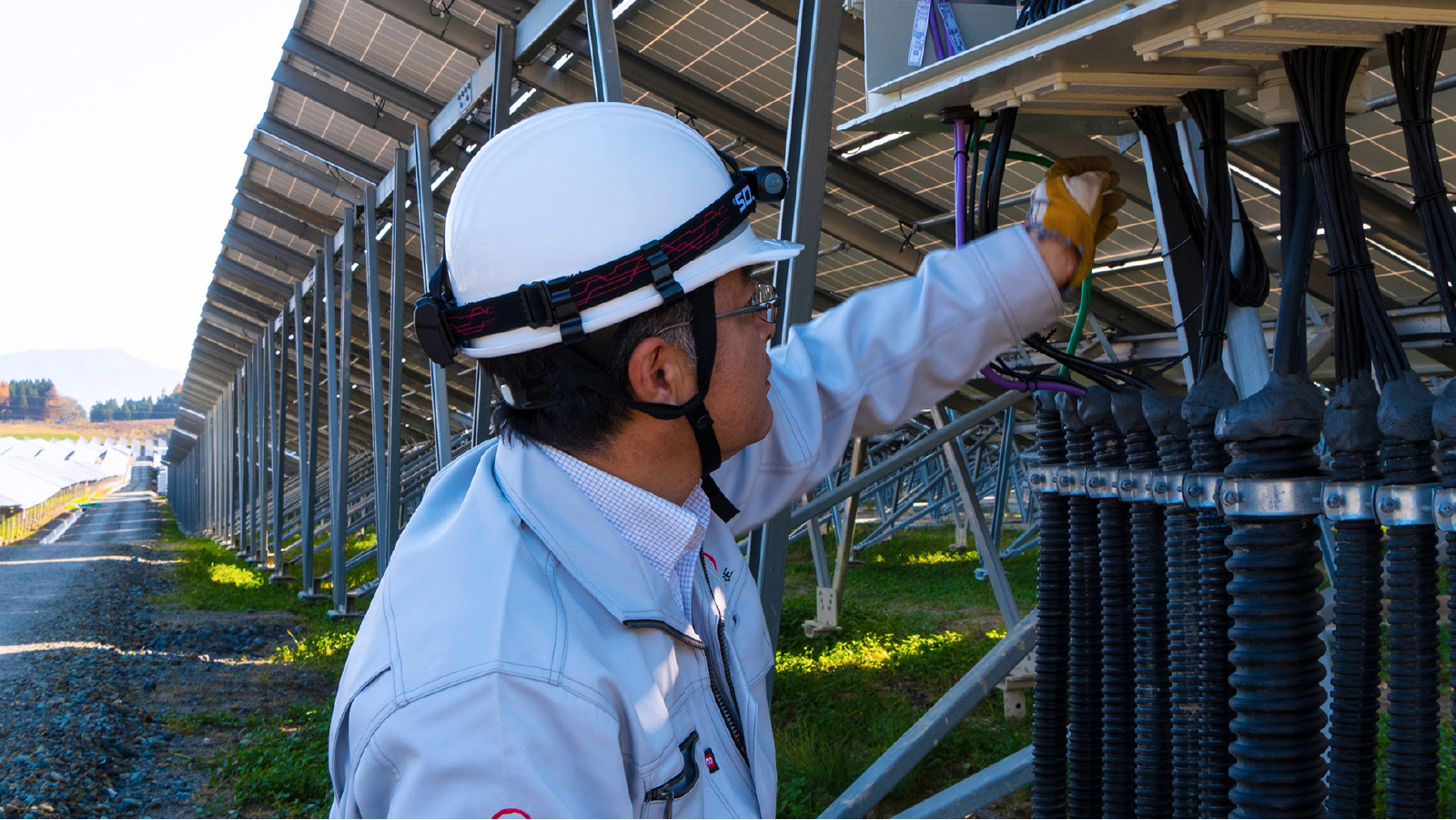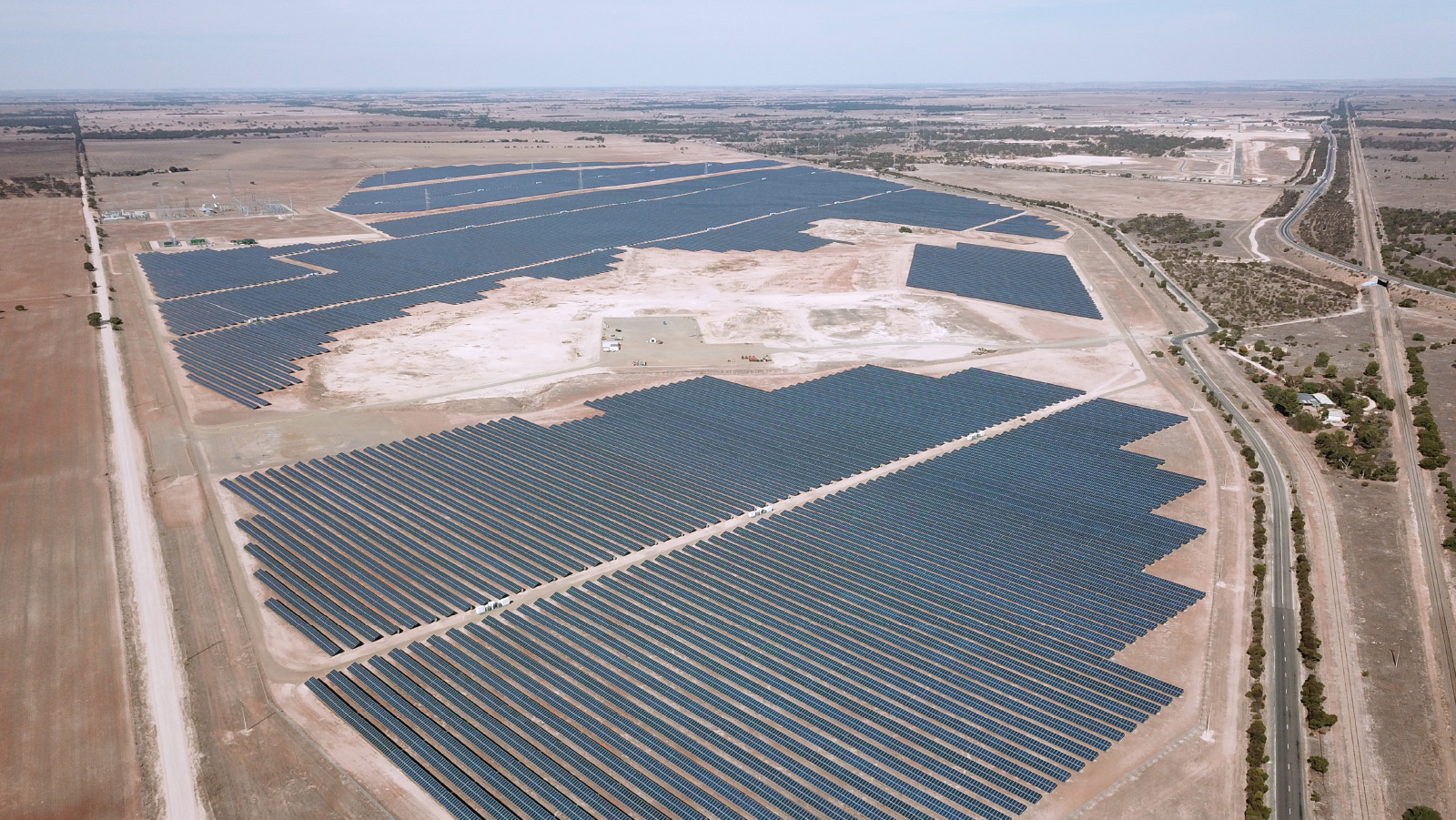
阅读新的Forrester报告:Anaplan的总体经济影响™
第三方研究发现,在3年的时间内,多个客户组合的投资回报率为303%
作为亚太地区快速发展的可再生能源开发商,Vena energy需要一个平台,使其能够整合数百个业务实体,并更有效地制定年度预算。通过使用Anaplan,该公司的流程发生了转变:每月的合并在几天内完成,年度预算在几周内完成,数十个资本项目得到了精确监控。ananplan HyperModels通过为规划者提供他们需要的详细的历史数据来支持快速增长,从而在一小部分时间内推动更好的业务绩效。
有了Anaplan,我们对资本项目有了一个完整而准确的了解,无论这些项目处于开发的哪个阶段。Sam Ong,首席财务官
每月合并节省的时间让领导层有更多的时间来掌控业务
更快的年度预算意味着更多的执行时间
业务实体共享一个财务规划平台,以支持成长中的企业的一致性
The company had taken an initial implementation with Anaplan and realized that the platform was ideal for the project. The raw data, definitions, and structure were normalized and imported into Anaplan, and a unified asset register was created to track Vena Energy’s renewable energy projects across eight jurisdictions.
\r\nThe team at Vena Energy then built core financial planning and analysis (FP&A) and consolidations models on that data foundation, and later extended their use of Anaplan beyond finance to include a human resources model for headcount and compensation forecasting, as well as tracking models for sustainability and health and safety data. “Anaplan enables us to track key metrics and performance indicators at a glance, which facilitates the deployment of vital resources where they are needed the most,” said Sam Ong, Vena Energy’s Chief Finance Officer.
\r\nThey also created a project planning model for the many capital projects that fuel Vena Energy’s growth. Across the Asia-Pacific region, Vena Energy owns and maintains 58 operating solar and wind energy projects, in addition to more than 30 renewable energy projects under construction and more than 100 projects in the development pipeline. For each project, Vena Energy tracks progress over time against the budget in Anaplan. Planners know when a project will begin contributing to revenue; they also can understand the financial impacts when a project gets behind schedule or approaches budget limits and recommend immediate corrective action.
\r\nThe project planning model also tracks project insurance premiums and claims—critical levers for risk mitigation when projects cost tens of millions of dollars—and allocates human resources using a heat map to balance resources and utilities. “With Anaplan, we have a complete and accurate picture of our capital projects, no matter where they are in development,” Ong says.
\r\nWith this rich data on the Anaplan platform, Vena Energy’s monthly consolidation time dropped significantly. But a new challenge arose: the consolidations model quickly became very large, and the workarounds that kept the model size manageable reduced data granularity and availability.
\r\nIn response, the Vena Energy team adopted HyperModels, Anaplan’s large-model technology. This enabled Vena Energy to add hierarchies, list items, and subgroups, along with an additional year of historical data, to its financial models. The conversion was completed in days without altering model structure or logic. “HyperModels are really helpful and save us a lot of time,” Ong says. “It’s been key to supporting Vena Energy’s growth.”
\r\nData is now more accessible, and more useful. Vena Energy’s corporate and country managers consume data in Anaplan using Microsoft Power BI, so they can visualize how projects and assets are performing compared to plan.
\r\n"}}" id="text-c2bde34c3b" class="cmp-text">作为亚太地区领先的可再生能源独立发电商,Vena Energy在能源发电、收入和EBITDA方面实现了两位数的增长。为了支持下一阶段的扩张,Vena Energy需要在新的技术平台上改造其财务流程,以满足增长。
该公司已经与Anaplan进行了初步实施,并意识到该平台是该项目的理想平台。原始数据、定义和结构被标准化并导入到Anaplan,并创建了统一的资产登记册,以跟踪Vena Energy在八个司法管辖区的可再生能源项目。
Vena Energy的团队随后在该数据基础上建立了核心财务规划和分析(FP&A)和整合模型,后来将anplan的使用扩展到财务以外的领域,包括人力资源模型,用于员工人数和薪酬预测,以及可持续性和健康与安全数据的跟踪模型。Vena Energy首席财务官Sam Ong表示:“anplan使我们能够一目了然地跟踪关键指标和性能指标,从而促进了关键资源在最需要的地方的部署。
他们还为推动Vena Energy增长的许多资本项目创建了项目规划模型。在亚太地区,威纳能源拥有并维护着58个正在运营的太阳能和风能项目,此外还有30多个在建的可再生能源项目和100多个在建项目。对于每个项目,Vena Energy都会根据Anaplan的预算跟踪进度。规划者知道项目何时开始创收;他们还可以了解项目落后于进度或接近预算限制时的财务影响,并建议立即采取纠正措施。
项目计划模型还跟踪项目保险费和索赔(当项目耗资数千万美元时,这是降低风险的关键杠杆),并使用热图分配人力资源以平衡资源和公用事业。Ong说:“有了anplan,我们对资本项目有了一个完整而准确的了解,无论这些项目处于开发阶段。”
有了anplan平台上丰富的数据,Vena Energy的月合并时间显著下降。但是出现了一个新的挑战:合并模型很快变得非常大,而保持模型大小可管理的变通方法降低了数据粒度和可用性。
作为回应,Vena Energy团队采用了Anaplan的大模型技术HyperModels。这使得Vena Energy能够向其财务模型添加层次结构、列表项和子组,以及额外的一年历史数据。转换在几天内完成,没有改变模型结构或逻辑。“超级模型真的很有帮助,为我们节省了很多时间,”Ong说。“这是支持Vena Energy增长的关键。”
现在数据更容易获取,也更有用。Vena Energy的公司和国家经理使用Microsoft Power BI在Anaplan中使用数据,因此他们可以可视化项目和资产与计划相比的表现。

